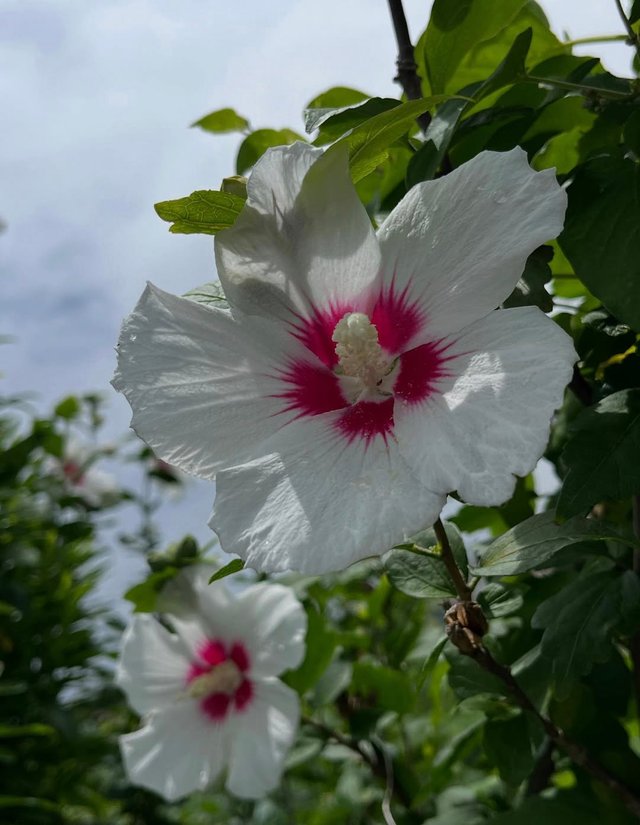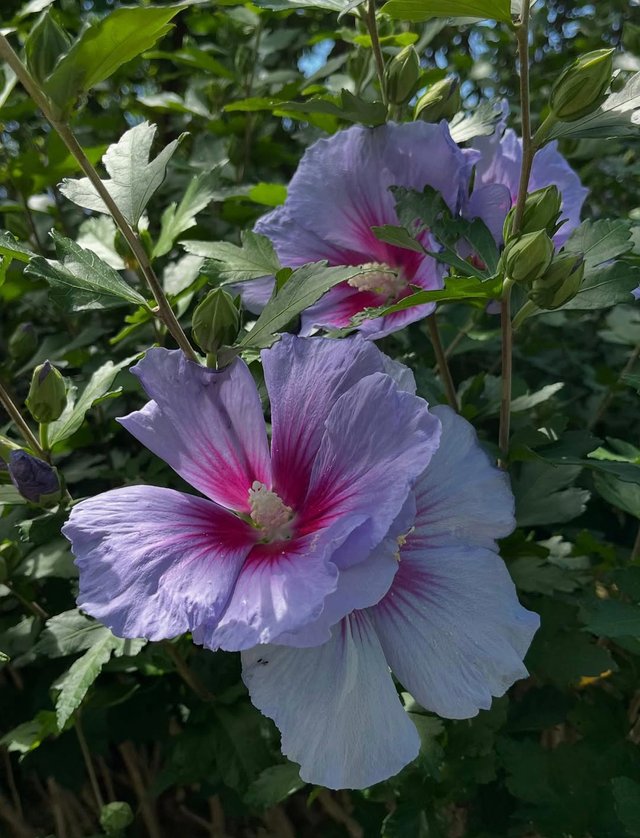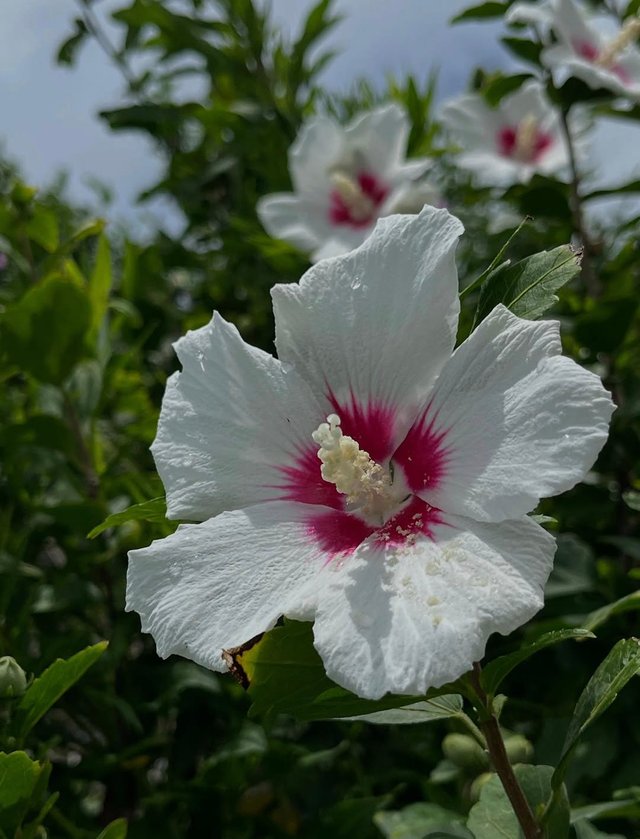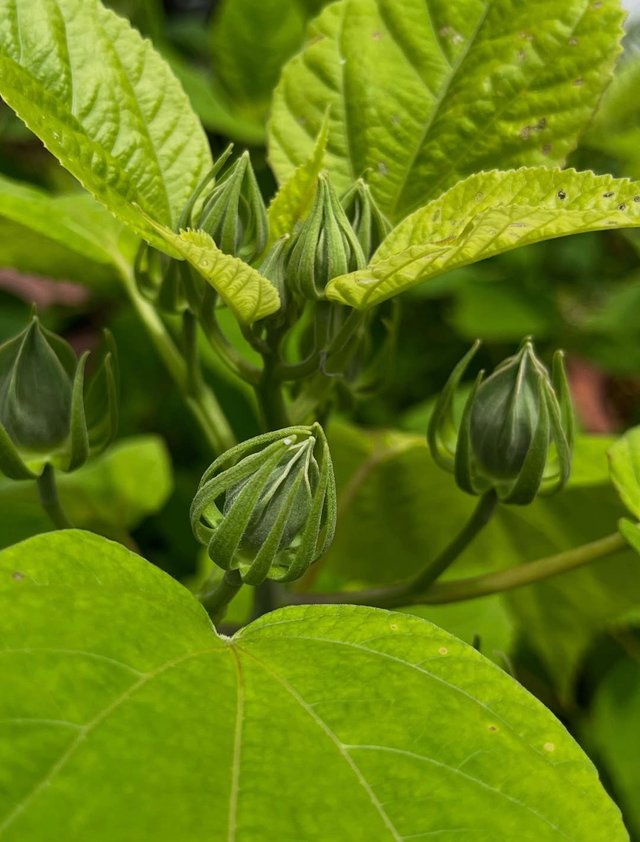Common Hibiscus Flower
The Common Hibiscus—scientifically known as Hibiscus rosa-sinensis—is one of the most recognizable and beloved flowering plants in the world. Whether it's gracing a tropical garden, blooming in a home courtyard, or featured in traditional medicine and cultural symbolism, the hibiscus stands out as a vibrant icon of natural beauty and botanical diversity.The hibiscus plant is fast-growing and thrives in warm climates. It is widely cultivated in tropical and subtropical regions around the world for its showy flowers and ornamental value.
The flowers of the hibiscus are its most defining trait. They are large, trumpet-shaped, and come in an array of vivid colors including red, pink, white, yellow, orange, and purple. Some hybrid varieties even showcase multi-toned petals.4 to 8 inches in diameter.Five broad, delicate petals that overlap.A long, central column bearing yellow anthers—very attractive to pollinators.Typically blooms during the warmer months, with individual flowers lasting only a day or two. However, new blooms appear continuously throughout the season.
Due to its popularity, the hibiscus has undergone extensive hybridization, resulting in thousands of cultivars with various shapes, colors, and growth habits. While many are bred for gardens, some wild species face threats from habitat loss.Botanical gardens and plant enthusiasts around the world are working to conserve heirloom and native varieties to protect the flower's genetic diversity.The Common Hibiscus is more than just a pretty face in the garden. It's a symbol of beauty, culture, healing, and ecological importance. Whether admired in a tropical landscape or sipped as a soothing tea, this remarkable flower continues to inspire and enrich lives around the world.



